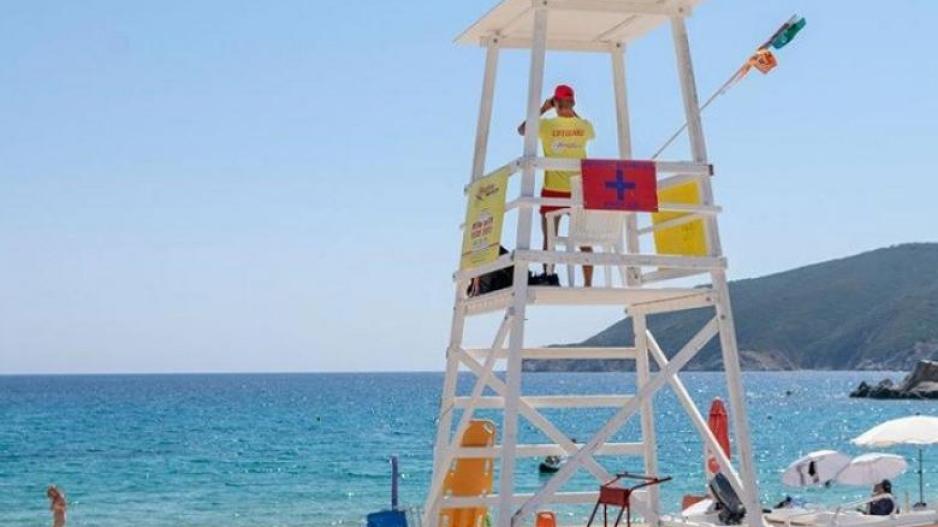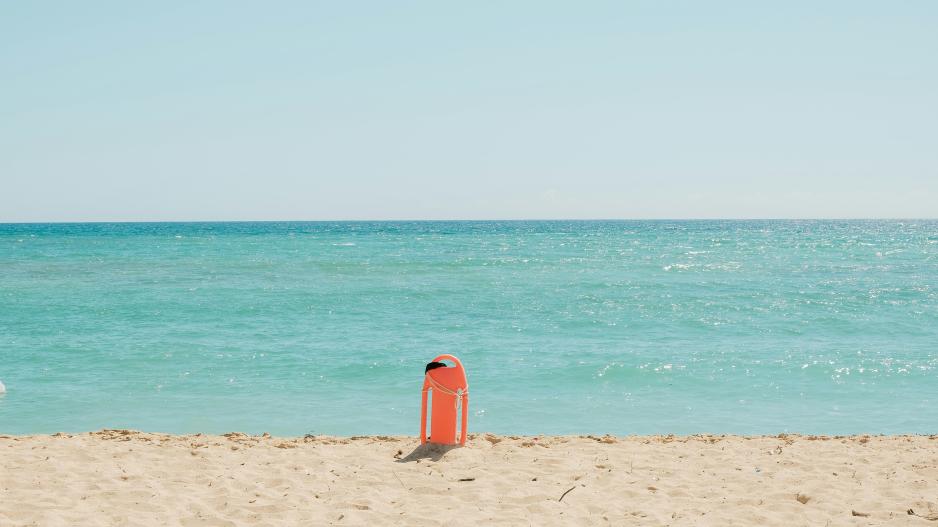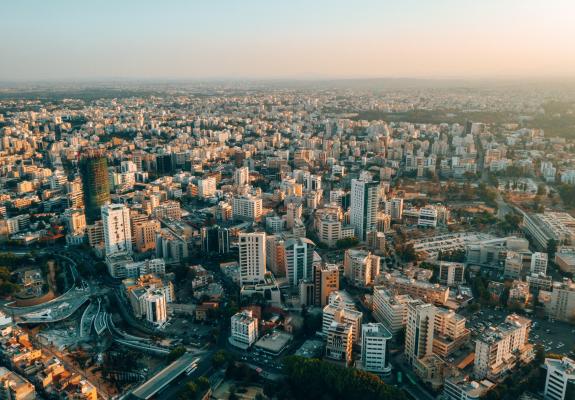Lifeguard Shortages Leave Cyprus Beaches Exposed Ahead of Summer
Understaffing, Limited Shifts, and Delayed Reforms Raise Safety Concerns as the Tourist Season Approaches
With just one month before the official start of summer, the persistent issues plaguing Cyprus’s beach lifeguard sector remain unresolved, once again leaving citizens exposed to serious safety risks. Speaking to OffsiteNews, Giorgos Konstantinou, Secretary General of OEKDY–SEK, pointed to continued understaffing, problematic shift hours, and the lack of implementation of the national “Salamis” Beach Safety Plan, which he believes could address key systemic problems.
According to Konstantinou, the number of lifeguards has not increased, meaning Cyprus beaches will again be understaffed this summer. He explained that there is a general unwillingness among citizens to work as lifeguards. “There are more openings for seasonal staff, but people prefer to look for permanent jobs in other sectors,” he noted.
He stressed that the core staffing issue lies in seasonal employment: “Someone with a family cannot afford to be unemployed for several months, and unemployment benefits are significantly delayed,” Konstantinou said. “Each year, we see fewer people interested in taking these positions.”

As a result of understaffing, some beaches are operating without any lifeguards, even though they should have at least two, Konstantinou said. He criticized the current policy of staffing based on the popularity of a beach, stating: “That’s wrong. Even if only a small number of swimmers are present, a lifeguard should be there.”
He argued for legislative reform, proposing laws for beach supervision similar to existing ones for government swimming pools, which require the presence of lifeguards during operating hours.
Another major issue is the limited working hours of lifeguards, who typically work from 10:00 a.m. to 5:00 p.m. or 6:00 p.m., depending on the beach. “This leaves swimmers exposed during early morning and late evening hours,” Konstantinou said. “I believe the shifts should begin at sunrise and end at sunset to ensure full coverage.”
These proposals are already included in the National Beach Safety Plan “Salamis.” As Konstantinou explained, the aim of the plan is to resolve key issues by assigning full responsibility for beach safety to a dedicated oversight body.
He also raised concerns about outdated infrastructure, noting that “the towers on several beaches are in unacceptable condition.”
Famagusta District: Glyki Nero, Armiroupigado, Sirena, Lombardi, Nissia, Nissia Garden, Pagida Sotiras, Dome, Loukkos tou Manti
Paphos District: Filiotis, Alexander, Argaka, and Gialia. The beaches Helios and Laourou, which previously had two shifts, will now only have one shift of lifeguards.
Larnaca District: Alaminos, Meneou, Lordos, and Ormidia
Limassol District: Ladies Mile (two of three towers unmanned), Kourion (one of two towers unmanned), Avdimou, Pissouri (one of two towers unmanned), Governor’s Beach, Saint Rafael, and Santa Barbara
Despite these challenges, Konstantinou noted that an agreement has been reached with the Ministry of the Interior to establish a joint committee to examine the situation. “We hope the committee will convene in the coming days so we can assess how to manage the issues,” he said.
On a more positive note, lifeguard wages have improved following specific actions. The pay scale has been raised from E5 to E7, and an increase has also been agreed for seasonal lifeguards on a proportional basis.






